MAKÓ, Hungary — The Makói Rádióamatőr Klub (Makó Amateur Radio Club), operating under the callsign HA8KCI, is a vibrant civil organization with a rich history, located at Megyeház u. 20, Makó. Its journey reflects the broader evolution of amateur radio in Hungary, from its early beginnings to adapting to modern times.
A Storied History of Amateur Radio in Makó
The history of radio clubs in Makó dates back to the late 1920s, with the Makó club forming in 1926. By January 1934, when the Hungarian Shortwave Amateurs National Association was founded, Makó already had its first amateur operator, an 18-year-old Ferenc Báron, who used a TPTG transmitter. A close-knit group of friends soon formed around him, including Gábor Szakács, István Károlyi, Antal Soós, Zoltán Hadik, and Ferenc Bíró.
The Second World War brought amateur radio activities to a halt. After the war, amateur radio was, for a period, influenced by political ideologies, with organizations like the Hungarian Freedom Fighters' Association (1948) and later the Hungarian Defense Sports Association (MHSZ, after 1956) overseeing and restricting amateur operations.
It took over a decade for amateur radio to revive in Makó. In late 1959, old and aspiring amateurs gathered in a poorly equipped "headquarters" at Megyeház street 1. Their shared love for radio and electro-radio technology brought them together. With the intervention of Ferenc Báron, a seasoned amateur named Lajos Kucsera moved to Makó and became the club secretary. Early members included Sándor Sántha, Sándor Marosvári, János Szabó, János Szűcs, Mihály Majsai, Sándor Bakos, Károly Halász, and Zoltán Benke. Their initial goals were to build transmitters and learn Morse code.
An 3.5 MHz transmitter with a 6L6G final tube was quickly built, and a "windom" antenna installed. The HA8KCI club station participated in the autumn Czechoslovak (OK) contest. In 1962, a new 5-band transmitter with an OS51 final tube was built, serving the club for over 10 years for training and recreation. Initially operating in CW (telegraphy) mode, it soon had a modulator stage added. The club made 4000-5000 contacts annually and participated in numerous contests.
Membership averaged 12-15 active members. Ferenc Báron and Lajos Kucsera were instrumental in nurturing the core group of amateurs. When Kucsera Lajos moved in 1969, Mátyás Szántó took over as club secretary, focusing on improving the club's technical equipment.
During the 1970 flood, the Makói Rádióklub provided crucial emergency communication services. As residents were evacuated to Hódmezővásárhely, continuous day-and-night communication was maintained between the Makó (HA8KCI) and Hódmezővásárhely (HA8KCS) club stations. This link greatly assisted in transmitting urgent organizational and logistical information and helped many desperate families find missing relatives.
Later, the MHSZ was replaced by the Hungarian Defense Association, which, while slightly easing strict oversight, demanded increased defense pre- and post-training for central objectives. Amateurs could only pursue their passion if they were MHSZ members. Central funding provided clubs with equipment otherwise unobtainable individually.
Sándor Bakos (1971) and then Mihály Majsai (May 1973) served as club secretaries. Majsai Mihály proved to be an excellent organizer, first renovating and making the club premises more comfortable. A full-page article titled "The 110 Days of the People of Makó…" appeared in the December 1973 issue of "Rádiótechnika" magazine, documenting the club's revitalization, illustrated with photos showing the operating station with a new Japanese FT 250 SSB transceiver.
Antennas for all bands were soon built, and membership grew. Various sections were formed, including a direction-finding section. In December 1974, Makó amateurs issued an Amateur Radio Certificate for those who made contacts with Makó or nearby amateurs from anywhere in the world, demonstrating the active and enthusiastic spirit of the club.
With the club's support, satellite clubs were also established, including a youth club in the vocational training institute led by Zoltán Benke and another in Királyhegyes led by János Németh, whose dedication exemplified boundless enthusiasm.
In 1982, the City Radio Club moved to a new location at József Attila u. 6, the MHSZ headquarters. Members quickly settled into the new, slightly smaller but comfortable premises and participated in many national and international contests after setting up their antennas.
The rapid advancements in radio technology, from tube to transistor and integrated circuit devices, opened new frontiers for amateurs. By the late 1980s, factory-made transceivers, often acquired during Western tours, became common for serious operators.
These portable Western VHF transceivers proved invaluable during the 1989 Christmas events in Romania. Makó amateurs set up at the Nagylak border crossing, maintaining continuous communication with aid organizations in Makó and Szeged. They operated a perfect communication system day and night as long as needed.
With the political changes in Hungary, the MHSZ ceased to exist. Amateur radio licenses became a civil right for those passing internationally recognized exams. The Magyar Rádióamatőr Szövetség (Hungarian Radio Amateur Association) evolved into a truly representative and professional association run by radio amateurs.
On September 3, 1990, the inventory of the MHSZ Makó City Radio Club's assets was completed. This property was transferred to the newly formed MTTSZ (Hungarian Technical and Mass Sports Clubs Association) Makó City Radio Club, established on April 27, 1990, with 10 members, in accordance with a Council of Ministers decree. Lajos Nagy became the new club president. Despite the complexities of the transition, the core group of enthusiastic Makó amateurs remained together, recognizing the importance of maintaining a radio club.
Barely a year later, another significant change occurred: the club transitioned into a fully independent association, legally formalized by a court decision. The new independent club was named the Makói Rádióamatőr Klub. Lajos Nagy continued as president, with long-standing members like Ferenc Báron, Endre Sántha, János Németh, and Mihály Majsai remaining active.
While several influential figures like Ferenc Báron and Sándor Bakos have passed away recently, the current membership stands at around 40 active members. The club's inherited premises at József Attila u. 6 remain their gathering point. Here, Makó radio amateurs meet once a week to discuss the latest technical innovations, share radio experiences, and report on special contacts.
Modern Activities and Future Outlook
The club actively keeps pace with advancements in radio technology. A packet radio node operates in the city, providing a connection point for local and cross-border amateurs to the Hungarian digital network. Successful experiments and numerous contacts have been made using newly popular amateur modes, including RTTY, SSTV, packet, and satellite communication.
Younger club members enthusiastically participate in amateur contests. Despite modest equipment that may not meet modern standards, they achieve notable successes on both shortwave and VHF bands, enhancing the city's reputation with each successful contest and every individual contact.
The training of young people is no longer driven by political considerations, but experienced members eagerly share their knowledge with all interested individuals. Several new amateurs join the city's ranks each year.
Since 1993, at the initiative of Sándor Mándoki, club members have organized a regional amateur meeting, attracting numerous amateurs from across the country and beyond. These gatherings foster personal connections among radio amateurs who regularly communicate via radio. The program includes professional lectures, friendly conversations, shared meals, and the essential "börze" (flea market) for trading equipment.
The Makói Rádióamatőr Klub remains a vital and forward-looking community, building on its rich history to engage new generations in the exciting world of amateur radio.


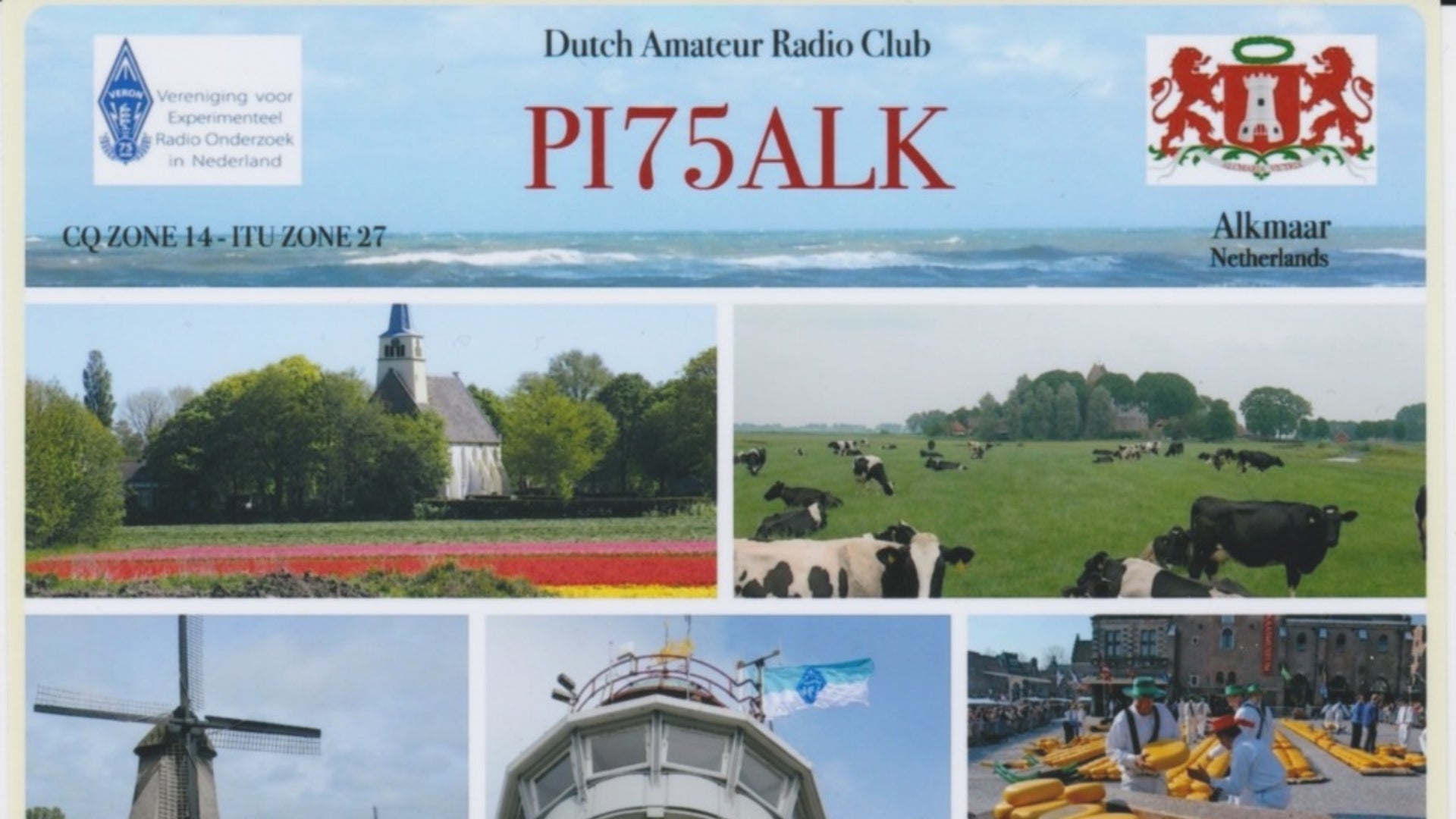
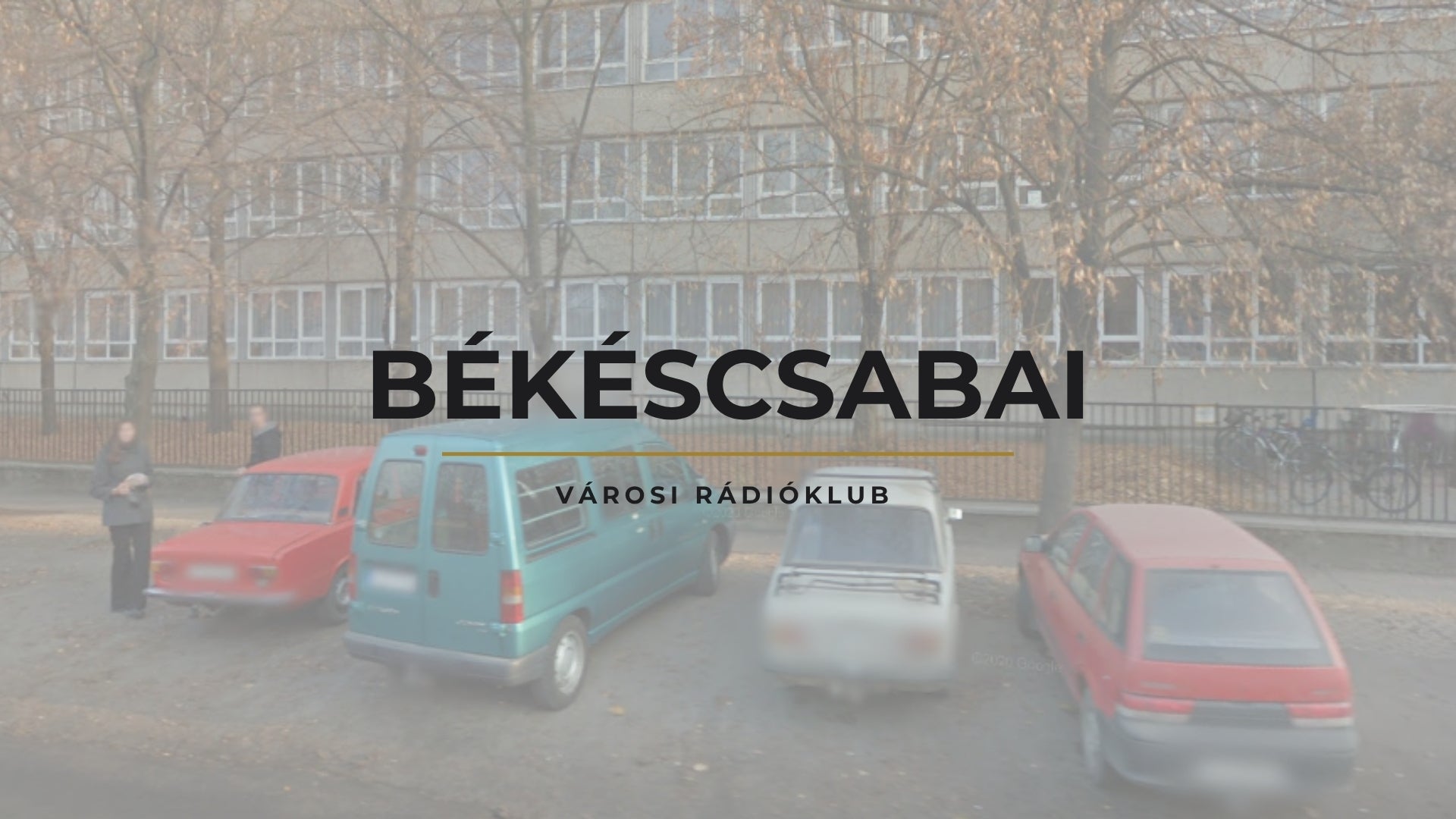
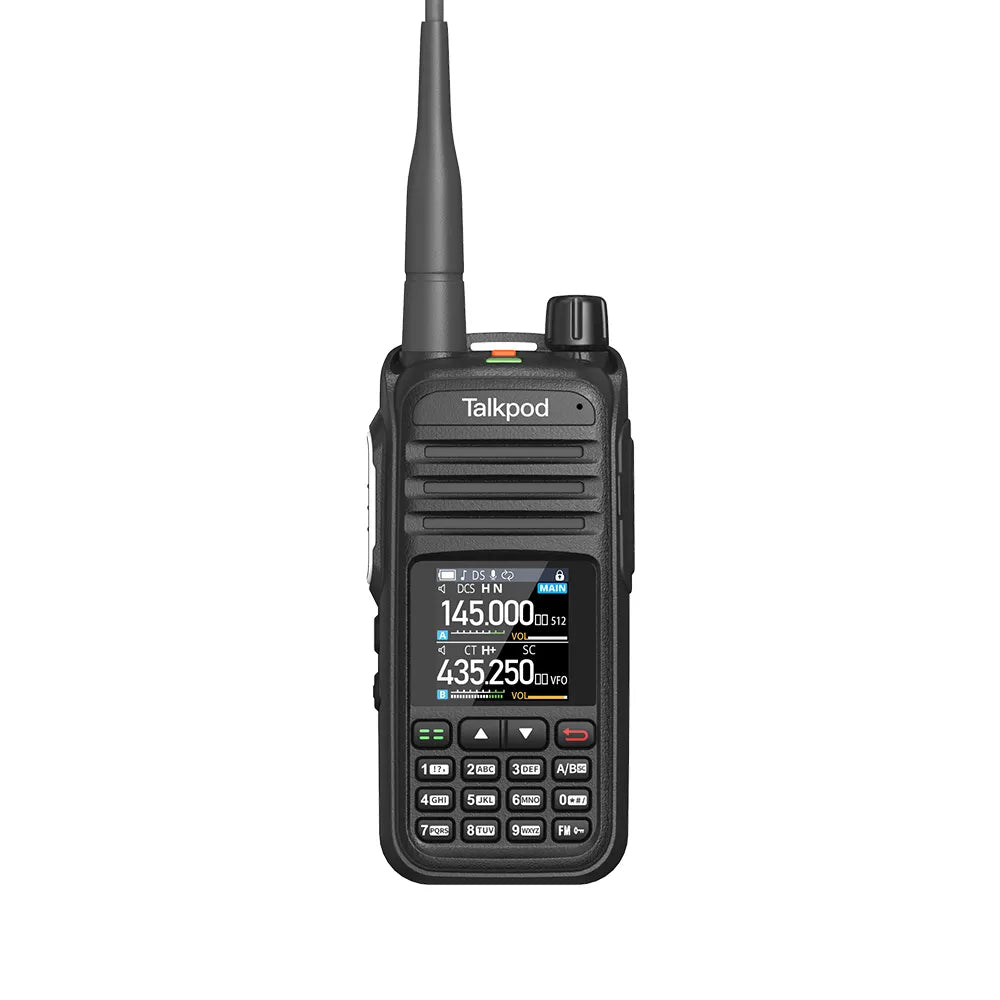
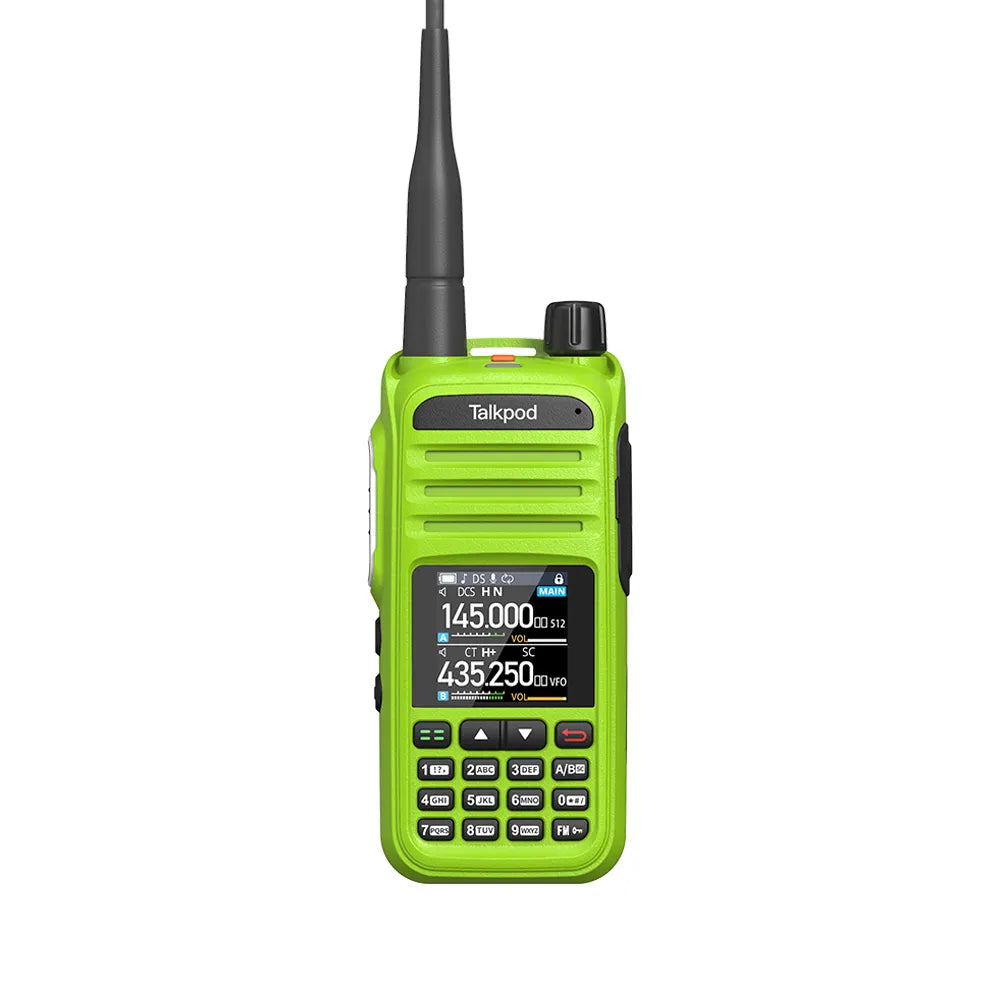

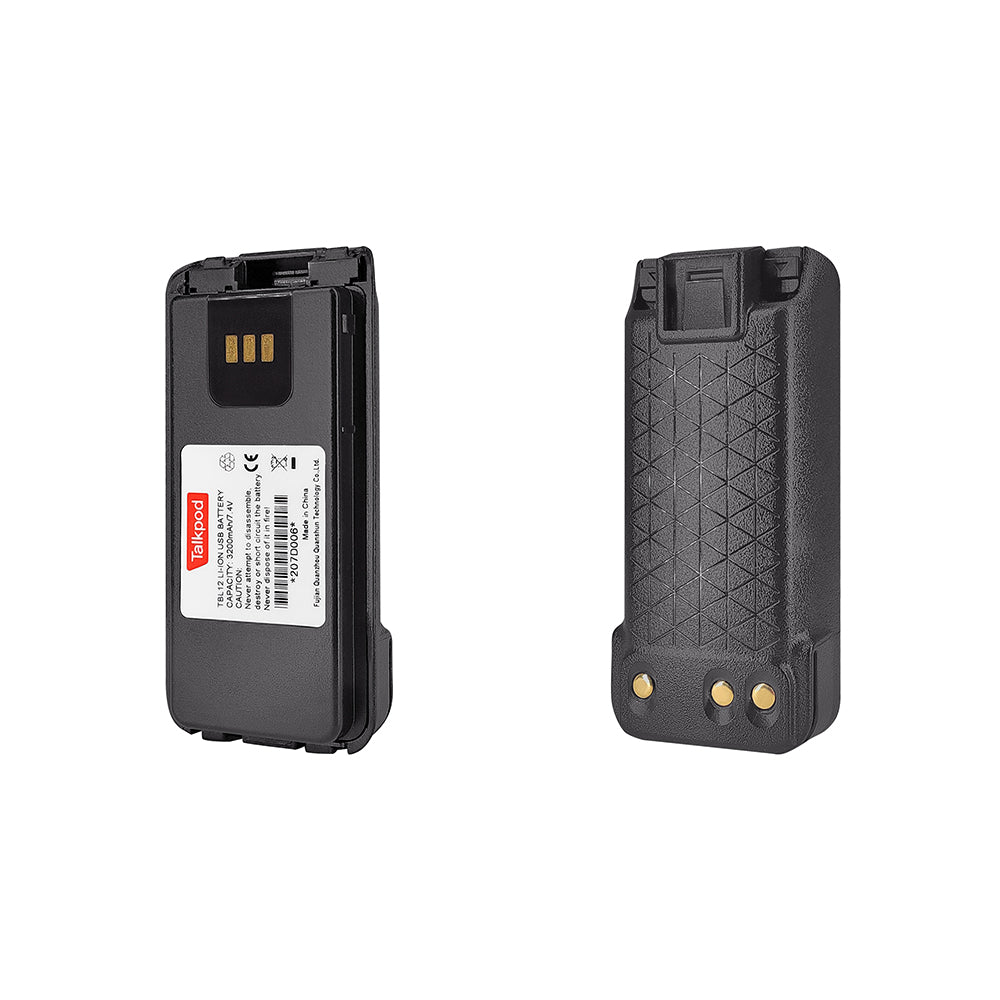
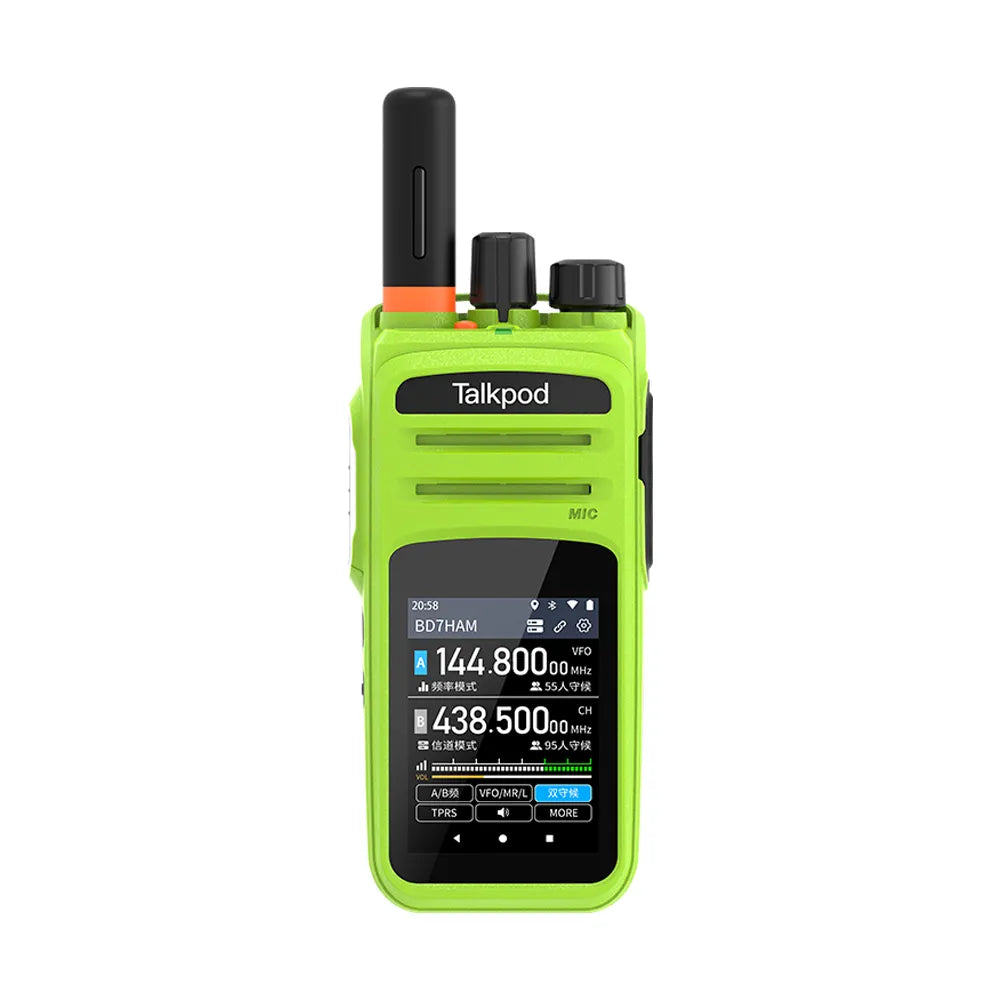
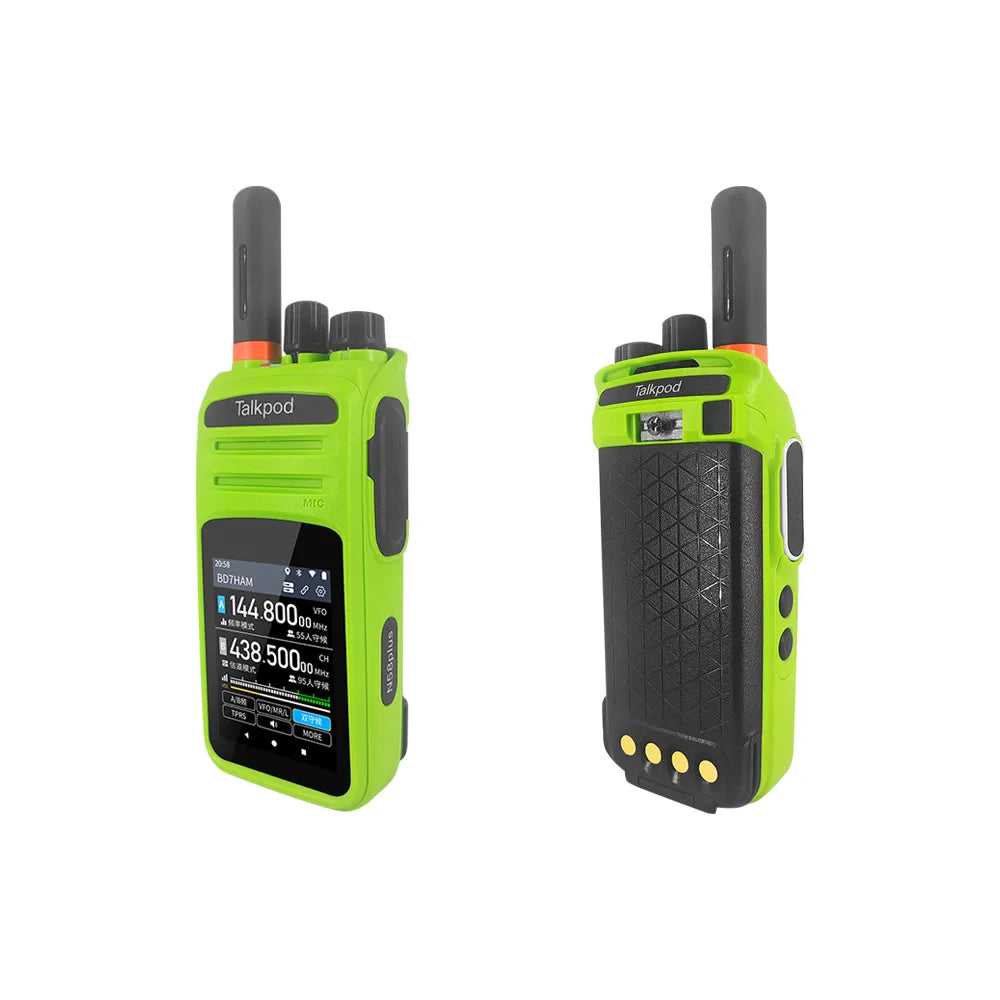
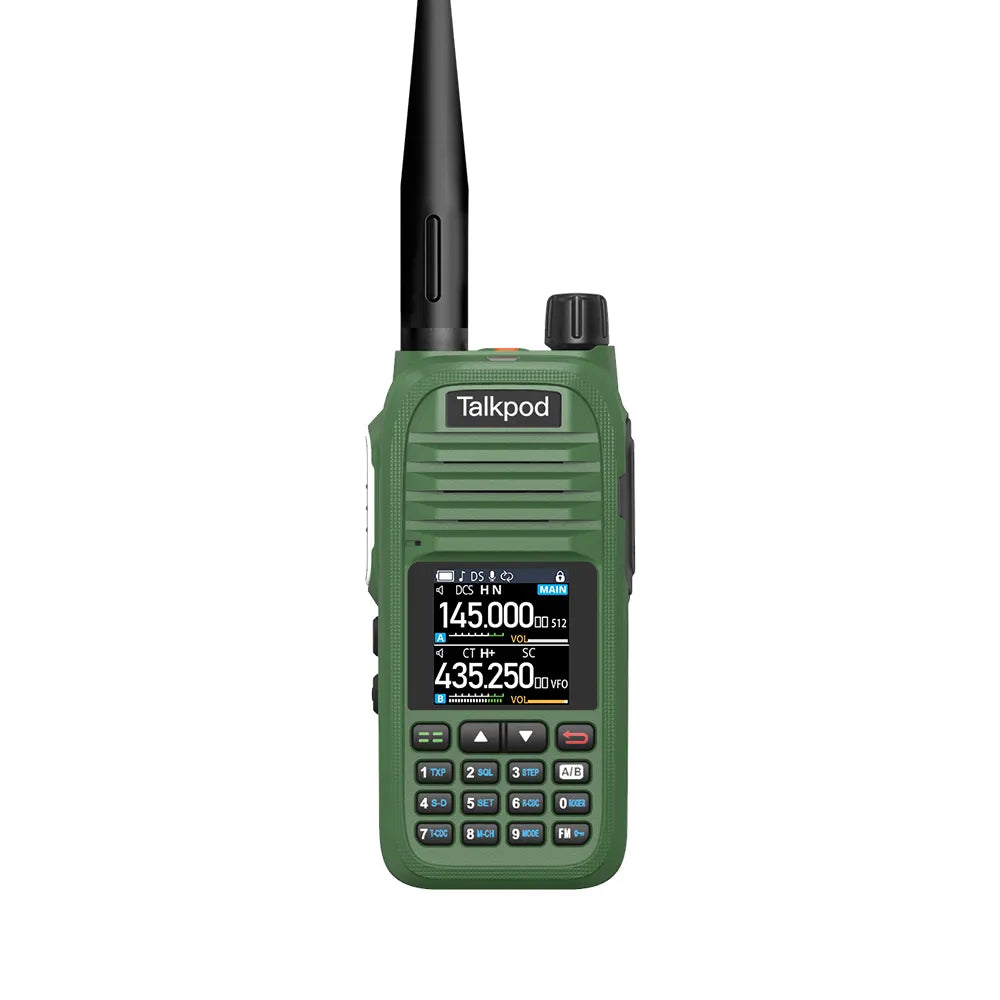

Leave a comment
All comments are moderated before being published.
This site is protected by hCaptcha and the hCaptcha Privacy Policy and Terms of Service apply.